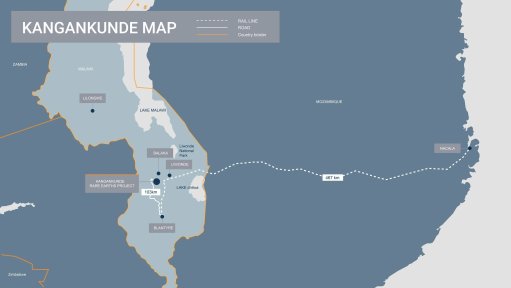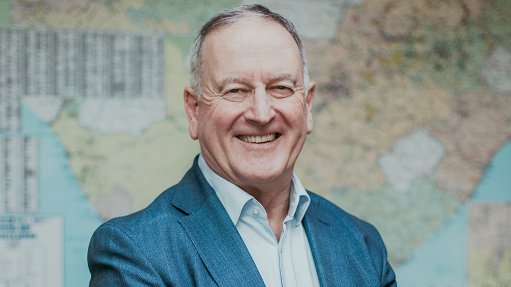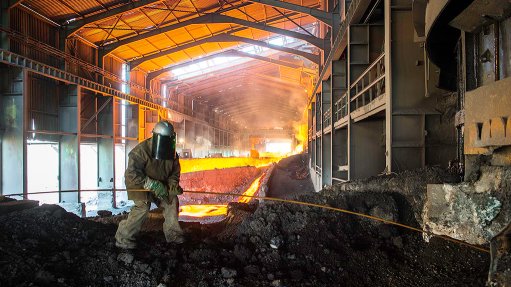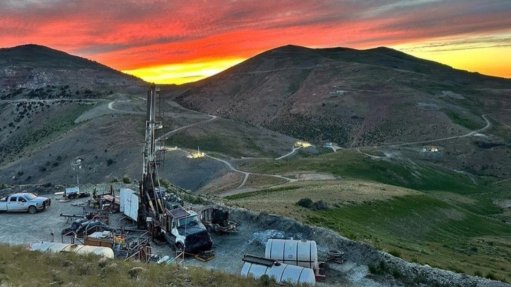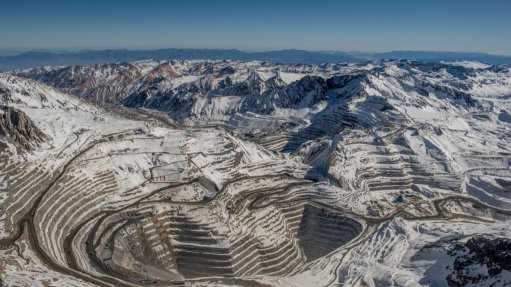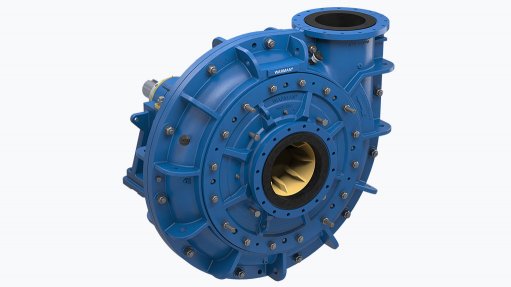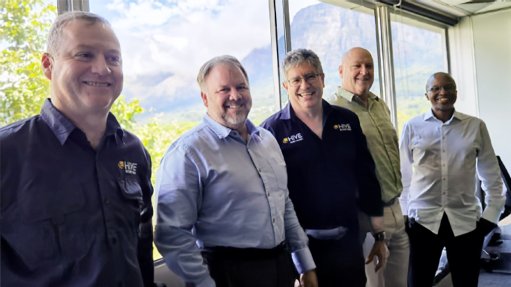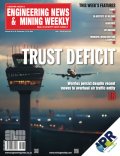Can connectivity ignite South Africa’s remote economy?
This article has been supplied and will be available for a limited time only on this website.
Kathleen Morris, Product Manager for Satellite at Vox believes that satellite broadband has become the critical layer powering productivity and safety for mega farms, mining and hospitality industries in South Africa’s most remote regions.
Mining, agriculture, renewable energy and hospitality are some of South Africa’s most critical industries. These sectors make up some of the largest contributors to South Africa’s GDP, with mining contributing up to 6% and tourism 8.9%. They rely on always-on connectivity to deliver services, manage customers, prioritise safety and benefit from next-generation technologies, yet many are based in rural areas that lack the density to justify the roll-out of fibre. Instead, they are reliant on wireless links that are vulnerable to theft, power failures and unstable backhaul.
Which is a problem.
Reliable connectivity, says the Minerals Council South Africa, improves efficiencies and ensures safety for employees in hazardous environments. In agriculture, it allows for farms to leverage IoT and sensor-based technologies to optimise irrigation and water use as well as implement scalable agricultural processes. And in hospitality, always-on connectivity enhances travel experiences and broadens local business opportunities.
Fortunately, there’s an alternative to waiting for fibre or relying on wireless – Low Earth Orbit (LEO) satellite services are a viable option, allowing for the delivery of fibre-like speeds in places where fibre doesn’t reach. And already it has proven invaluable to companies that have invested in the technology.
Mining operations in the Northern Cape and cross-border operations near Namibia have implemented LEO as a satellite redundancy to safeguard critical communications. Their goal? To ensure that there was little to no downtime in communications because a single connectivity failure could halt automation systems and compromise safety protocols. LEO provides stable redundancy that fibre and microwave links can’t guarantee and works in tandem with alternative connectivity solutions to ensure always-on operations.
In the agricultural sector, IoT solutions are going beyond irrigation and deeper into operational and productivity. The technology is now being used to monitor soil quality, track livestock and use the data provided by multiple sensors and systems to optimise yields. However, without reliable upstream links the data needed for these systems isn’t accessible, which ultimately renders them redundant. LEO has the ability to deliver the connectivity needed to ensure the smart farm model – already proven in the Western Cape with viticulture and Free State with grain production.
In tourism, LEO offers low-latency broadband to boutique lodges in areas like the Kruger or Drakensberg, giving them the ability to deliver high-end services to high-end customers. Think game drive images shared in real time, remote working facilities and even personalised, boutique guest experiences all supported by consistent and reliable connectivity.
Finally, renewable energy is another sector reliant on reliable connectivity, especially as installations sit in rural, hard to reach areas. The country is still adding more solar and wind capacity with additional projects expected over the next 5-10 years, with most projects concentrated in areas like the Eastern and Western Cape. Turbines and solar plants are managed via centralised dashboards which are often located offshore and LEO satellite links can enable continuous monitoring and control, which not only improves management but also offers improved protection over expensive assets.
All these sectors combined can cost the country billions in lost revenue if connectivity and infrastructure fail. It’s the economics of reliability – millions lost to loadshedding, connectivity outages and water failures. LEO can’t fix power, but it can operate reliably despite power outages and in spite of companies being in remote, poorly serviced locations. It moves the conversation away from risk as it can be deployed as insurance.
However, perhaps the most transformative impact LEO has on the country is how it can ignite small business and community-led economies. It removes the need for companies to cluster in metros and entrepreneurs can establish operations in small towns or semi-rural areas without sacrificing global reach. The technology is becoming part of the core connectivity mix that keeps industries competitive and meets the expectations of investors and visitors.
While South Africa’s future hangs from multiple fraying threads, there’s no reason why connectivity has to be one of them.
Comments
Press Office
Announcements
What's On
Subscribe to improve your user experience...
Option 1 (equivalent of R125 a month):
Receive a weekly copy of Creamer Media's Engineering News & Mining Weekly magazine
(print copy for those in South Africa and e-magazine for those outside of South Africa)
Receive daily email newsletters
Access to full search results
Access archive of magazine back copies
Access to Projects in Progress
Access to ONE Research Report of your choice in PDF format
Option 2 (equivalent of R375 a month):
All benefits from Option 1
PLUS
Access to Creamer Media's Research Channel Africa for ALL Research Reports, in PDF format, on various industrial and mining sectors
including Electricity; Water; Energy Transition; Hydrogen; Roads, Rail and Ports; Coal; Gold; Platinum; Battery Metals; etc.
Already a subscriber?
Forgotten your password?
Receive weekly copy of Creamer Media's Engineering News & Mining Weekly magazine (print copy for those in South Africa and e-magazine for those outside of South Africa)
➕
Recieve daily email newsletters
➕
Access to full search results
➕
Access archive of magazine back copies
➕
Access to Projects in Progress
➕
Access to ONE Research Report of your choice in PDF format
RESEARCH CHANNEL AFRICA
R4500 (equivalent of R375 a month)
SUBSCRIBEAll benefits from Option 1
➕
Access to Creamer Media's Research Channel Africa for ALL Research Reports on various industrial and mining sectors, in PDF format, including on:
Electricity
➕
Water
➕
Energy Transition
➕
Hydrogen
➕
Roads, Rail and Ports
➕
Coal
➕
Gold
➕
Platinum
➕
Battery Metals
➕
etc.
Receive all benefits from Option 1 or Option 2 delivered to numerous people at your company
➕
Multiple User names and Passwords for simultaneous log-ins
➕
Intranet integration access to all in your organisation






